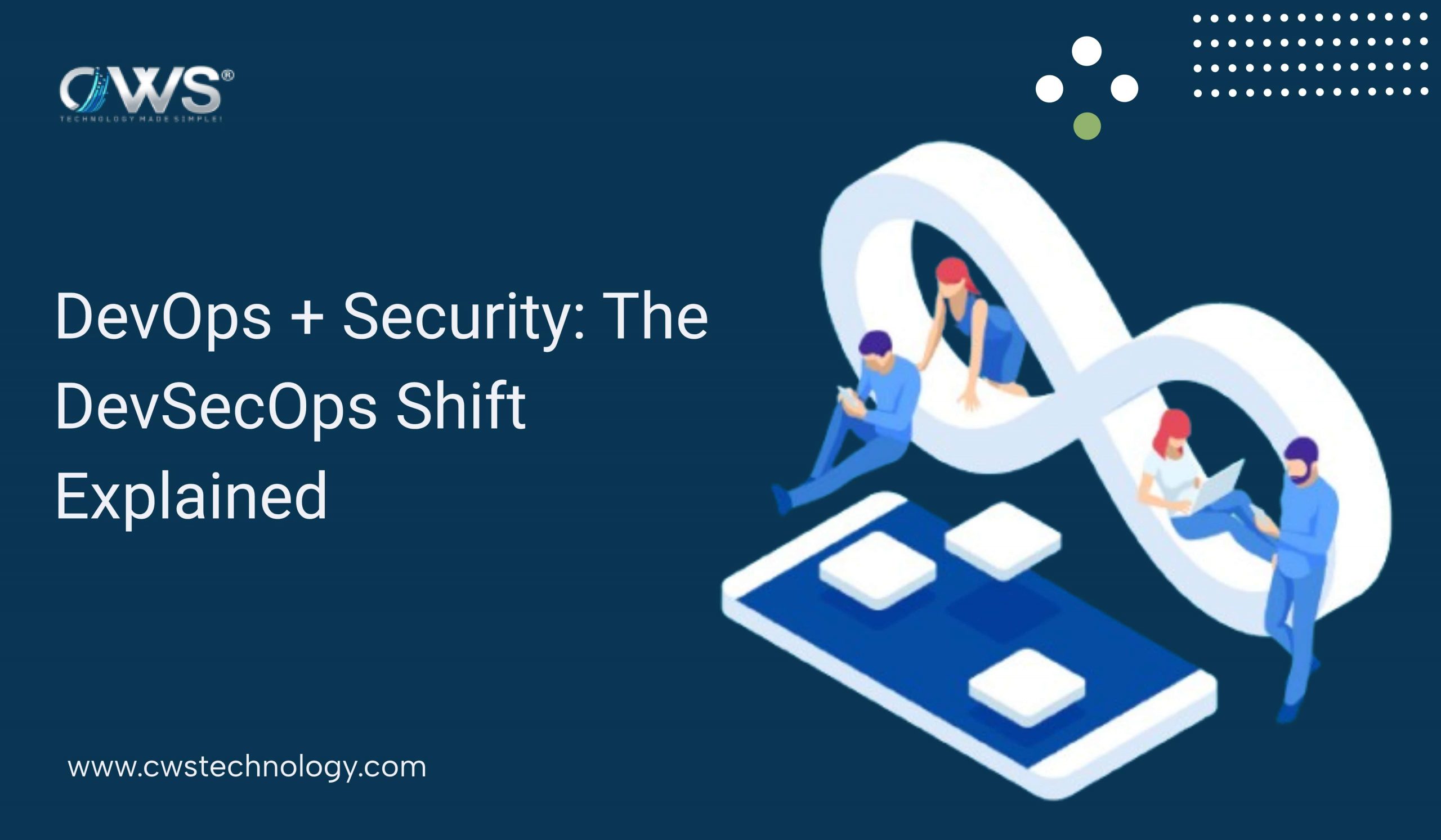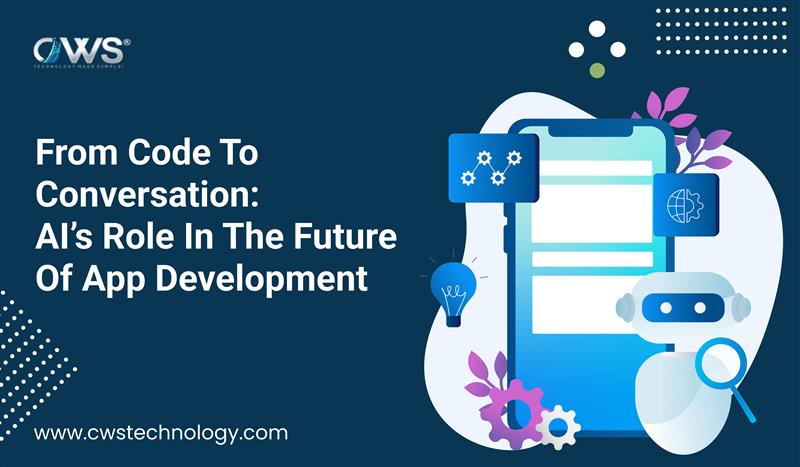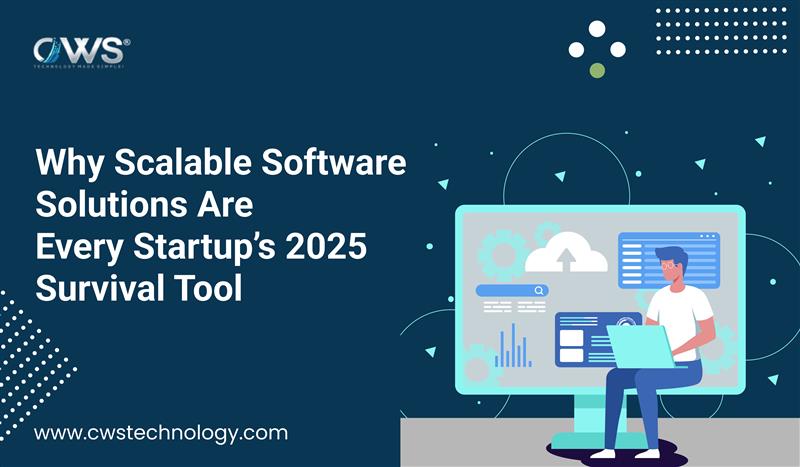For years, the world of software development followed a familiar rhythm: developers build, operations deploy, and security audits come later—often too late. But as technology evolved, so did the complexity and speed of development. And with that came a new reality: security can no longer be an afterthought.
Enter DevSecOps—a mindset shift that weaves security directly into the DevOps pipeline. It’s not just about deploying faster; it’s about deploying smarter, safer, and more sustainably.
In this blog, we break down what DevSecOps really means, why it matters now more than ever, and how modern teams can adopt it without slowing down innovation.
What Is DevSecOps?
DevSecOps is the integration of development, security, and operations into one streamlined process. It’s the evolution of traditional DevOps, with security practices baked into every stage of the software development lifecycle.
Instead of treating security as a final checkpoint, DevSecOps makes it a shared responsibility—right from the first line of code to the final deployment.
Why the Shift from DevOps to DevSecOps?
The need for DevSecOps emerged from a simple truth: the faster we deploy software, the more room there is for security vulnerabilities to slip through.
In the past, security teams worked in silos. They’d review systems only after development was complete. But in today’s world of continuous delivery and cloud-native apps, waiting until the end to assess risk simply doesn’t work anymore.
DevSecOps responds to this challenge by embedding security into the development pipeline—automated, continuous, and collaborative.
What Makes DevSecOps Different?
Here’s how DevSecOps changes the way we build and ship software:
1. Security as Code
Security tools and policies are codified just like infrastructure. This allows teams to test, validate, and monitor security posture automatically, without relying on manual reviews.
2. Continuous Security Checks
From code scanning to container vulnerability assessments, DevSecOps enables ongoing checks throughout the development cycle—not just before release.
3. Developer Empowerment
Security isn’t just the job of a specialist anymore. Developers are equipped with tools and training to identify and fix vulnerabilities during coding itself.
4. Collaboration and Culture Shift
DevSecOps breaks down the barriers between teams. It fosters a shared understanding that everyone owns security, and everyone contributes to it
Benefits of Embracing DevSecOps
- Faster Time to Market, Without Compromising Security
Automated security checks keep pace with agile sprints and fast deployments, enabling speed and safety to coexist. - Reduced Risk and Fewer Late-Stage Issues
By catching vulnerabilities early, you avoid costly rework, data breaches, and downtime later. - Greater Transparency and Audit Readiness
With security policies built into code and infrastructure, compliance becomes easier to manage and demonstrate. - Stronger Collaboration Across Teams
When developers, operations, and security teams speak the same language, the whole organization benefits.
Common Practices in a DevSecOps Pipeline
- Static Application Security Testing (SAST): Analyzes source code to detect flaws before runtime.
- Dynamic Application Security Testing (DAST): Scans live applications for potential exploits.
- Software Composition Analysis (SCA): Identifies vulnerabilities in third-party libraries.
- Container Security: Secures Docker and Kubernetes environments through image scanning and policy enforcement.
- Secrets Management: Ensures API keys, tokens, and credentials are not exposed or hardcoded.
- Compliance Automation: Integrates industry standards like OWASP, ISO, and NIST into the CI/CD pipeline.
Challenges in Adopting DevSecOps (and How to Overcome Them)
Cultural Resistance
Changing team roles and responsibilities is never easy. The key is training, open communication, and showing that security doesn’t have to slow things down.
Tool Overload
With so many DevSecOps tools out there, integration can be overwhelming. Focus on tools that align with your existing workflow and scale with your needs.
Skill Gaps
Not all developers are security experts—and they don’t need to be. Short workshops, code review sessions, and integrated scanning tools can go a long way.
Real-World Impact
Many leading organizations across fintech, healthcare, and SaaS have reduced their security incident rates significantly by adopting DevSecOps practices. These companies aren’t just building faster—they’re building with confidence, knowing security is part of their DNA.
DevSecOps doesn’t guarantee a threat-free world, but it ensures that teams are better equipped to prevent, detect, and respond to risks proactively.
Final Thoughts
The shift to DevSecOps isn’t about adding more tools or checklists. It’s about changing how teams think. It’s about seeing security as a collaborative discipline that can, and should, move at the speed of DevOps.
In a world where breaches are business killers and trust is everything, DevSecOps offers more than protection—it offers peace of mind.
If you’re still bolting on security at the last minute, it’s time to rethink your process. Security should move left, stay continuous, and be everyone’s job.
Because when security is part of how you build, release, and grow—you don’t just ship faster. You ship better.








